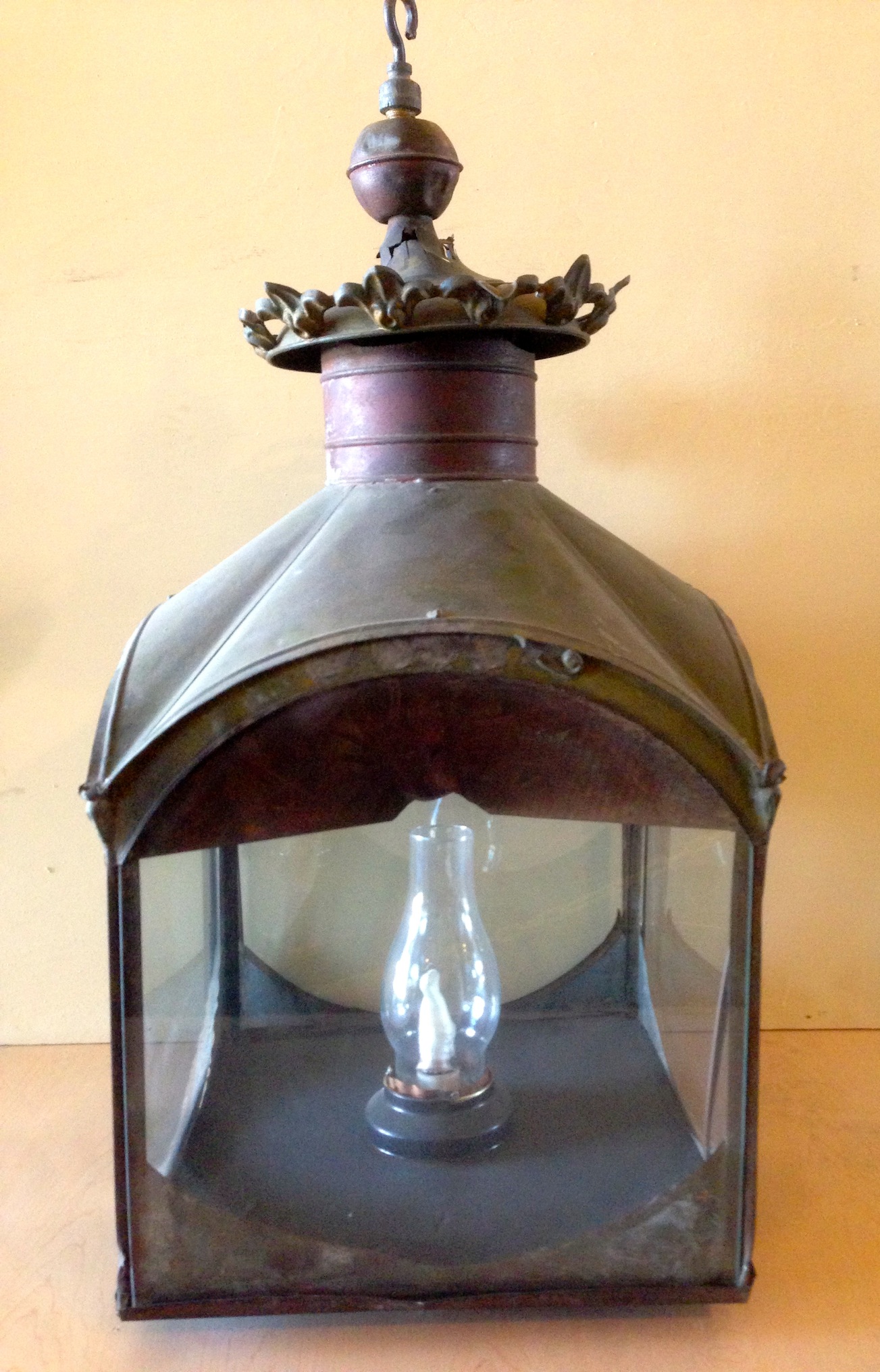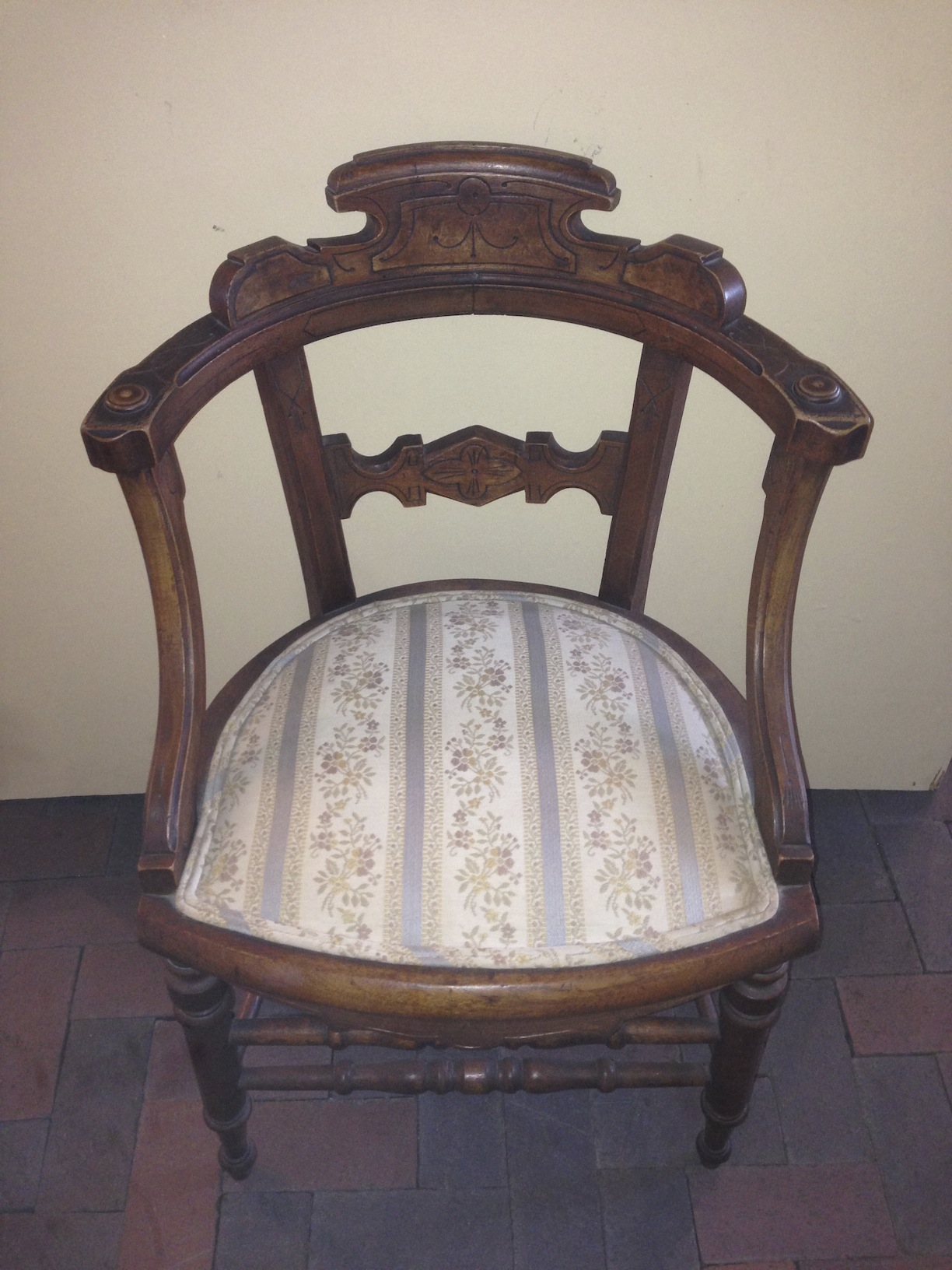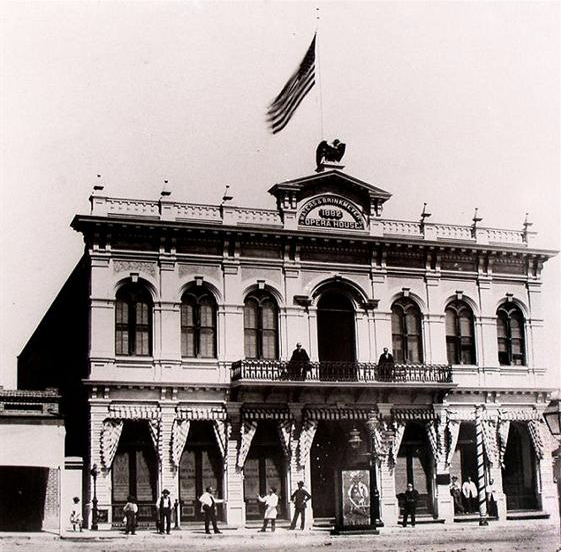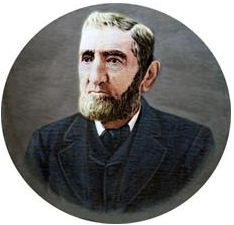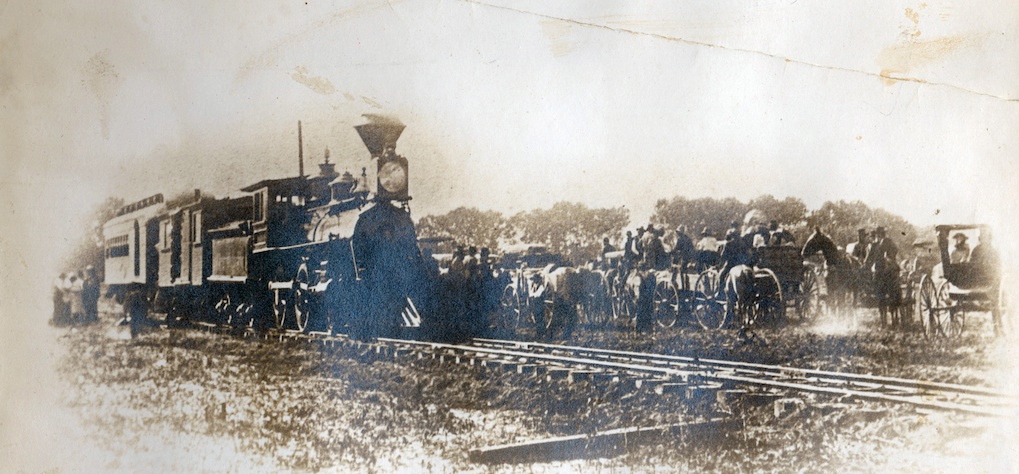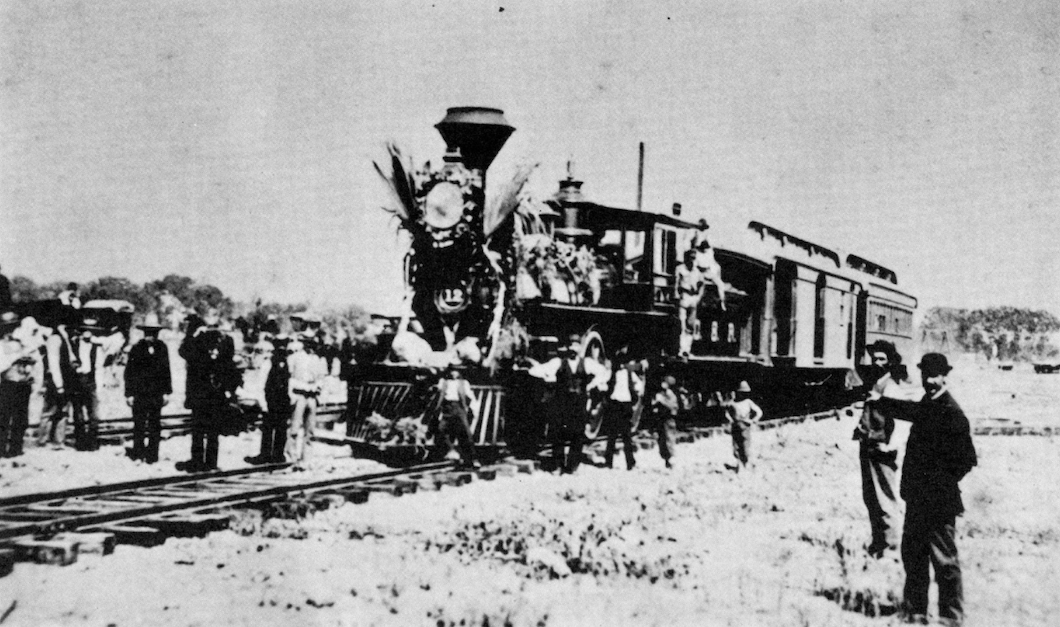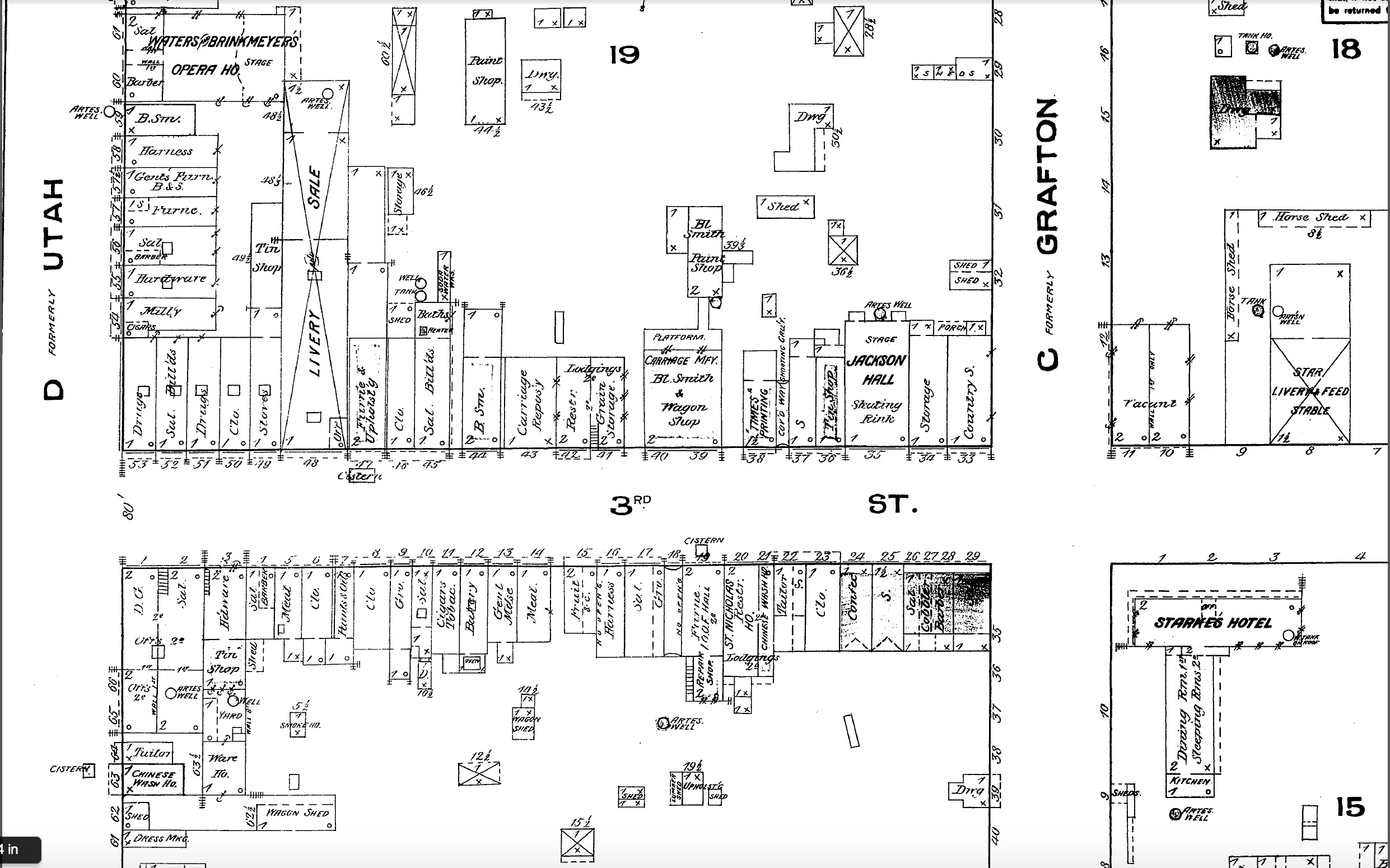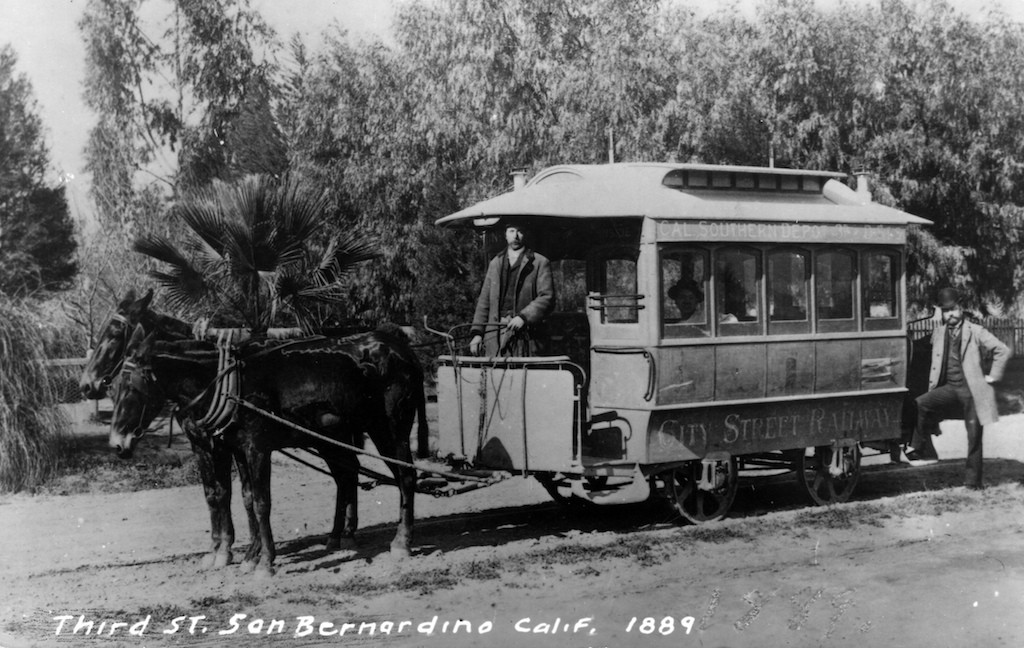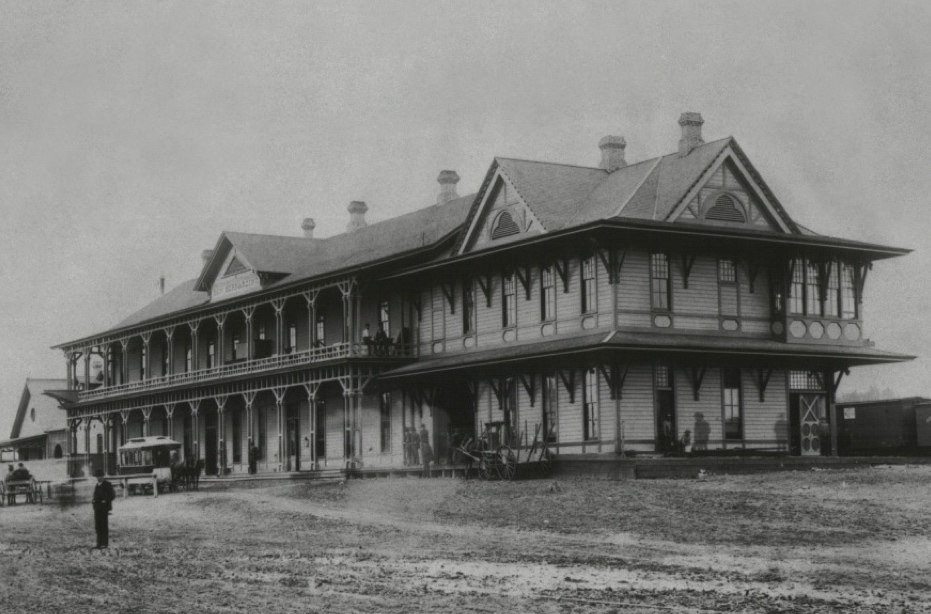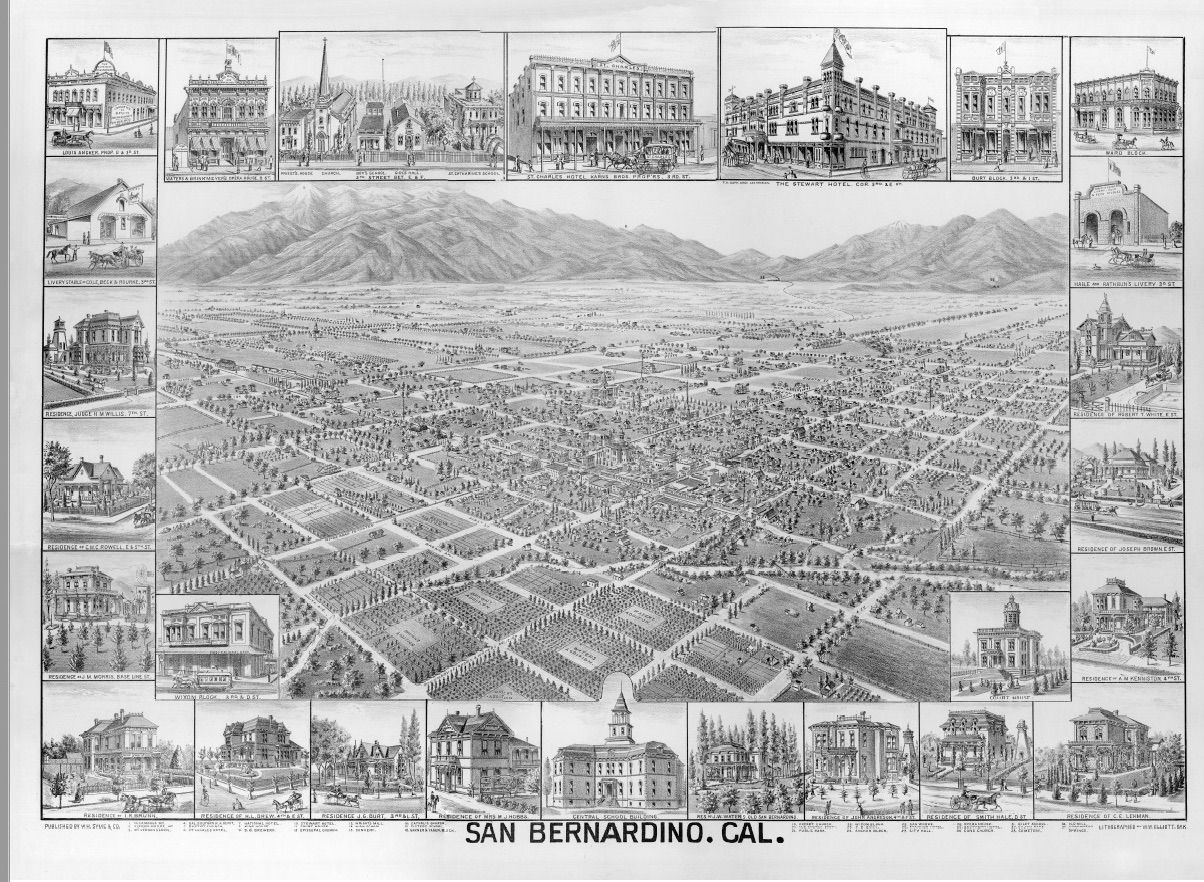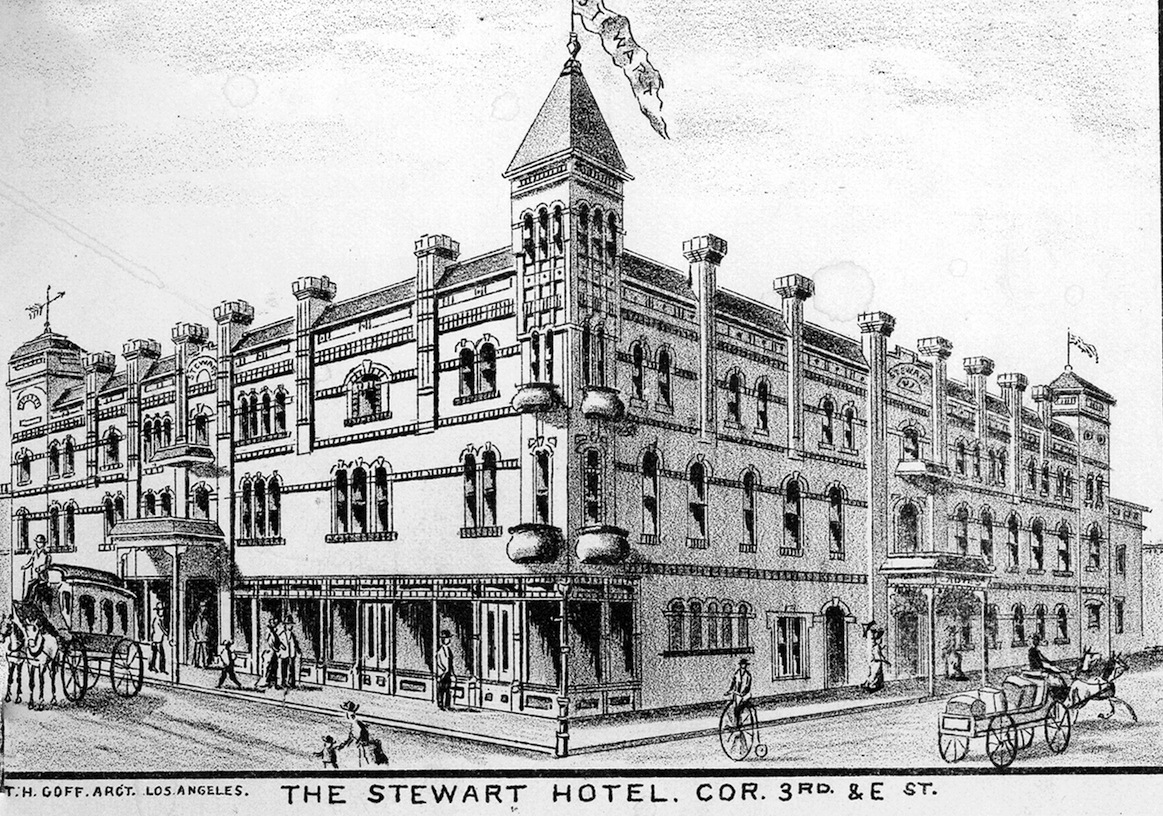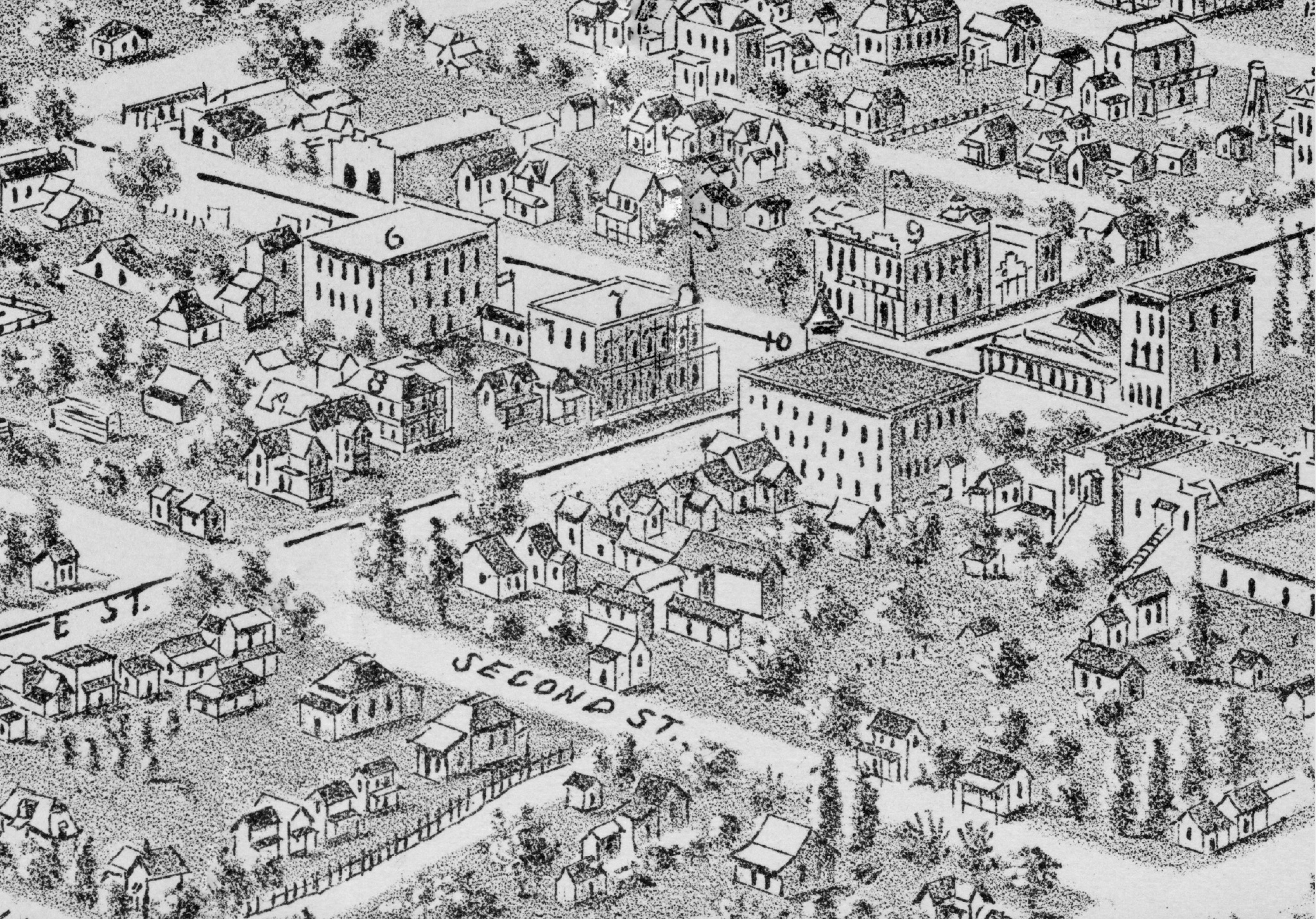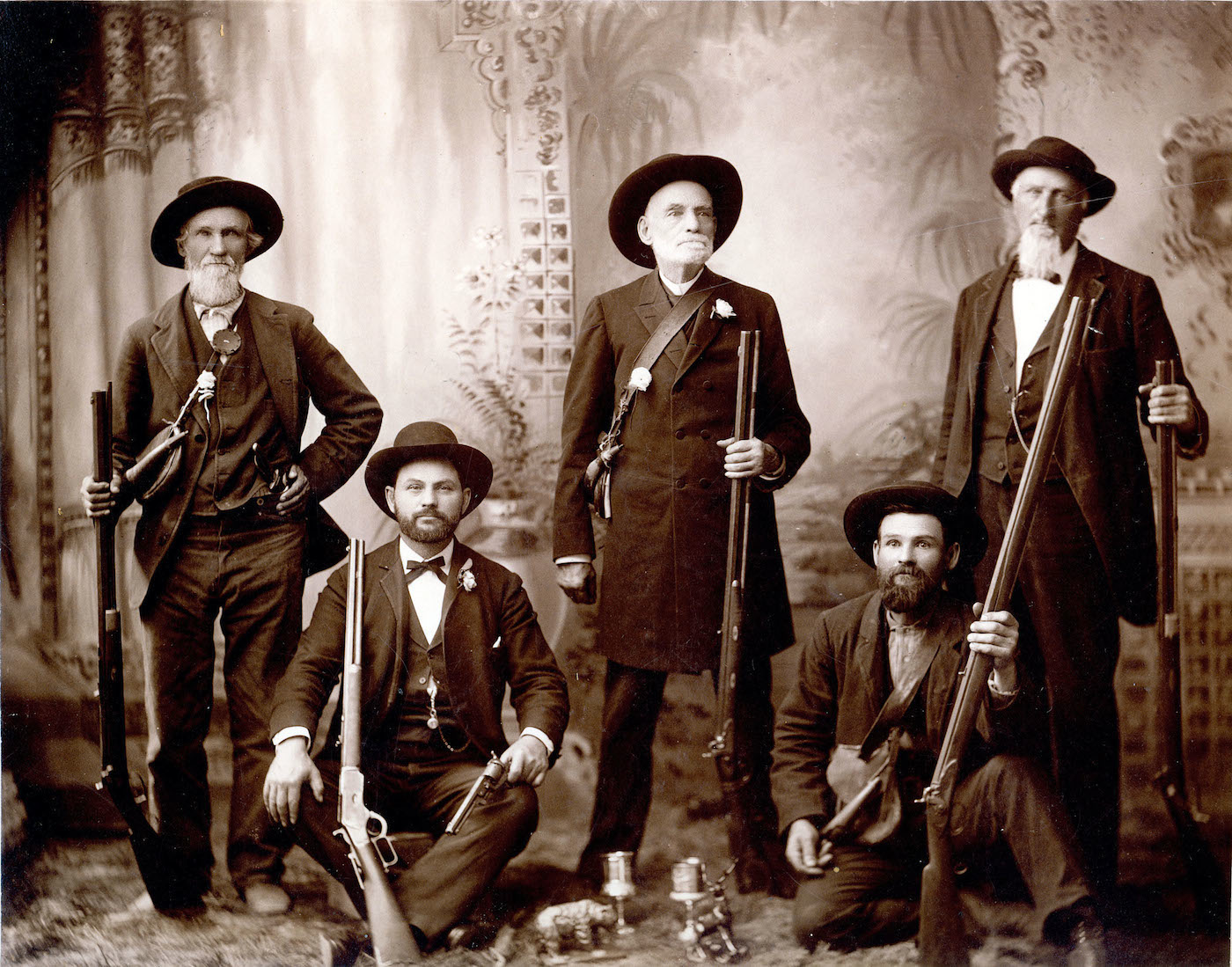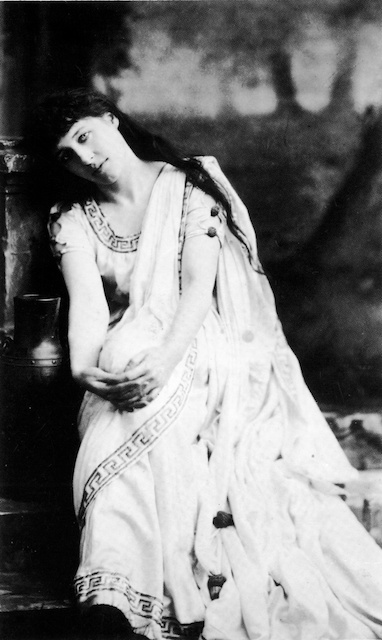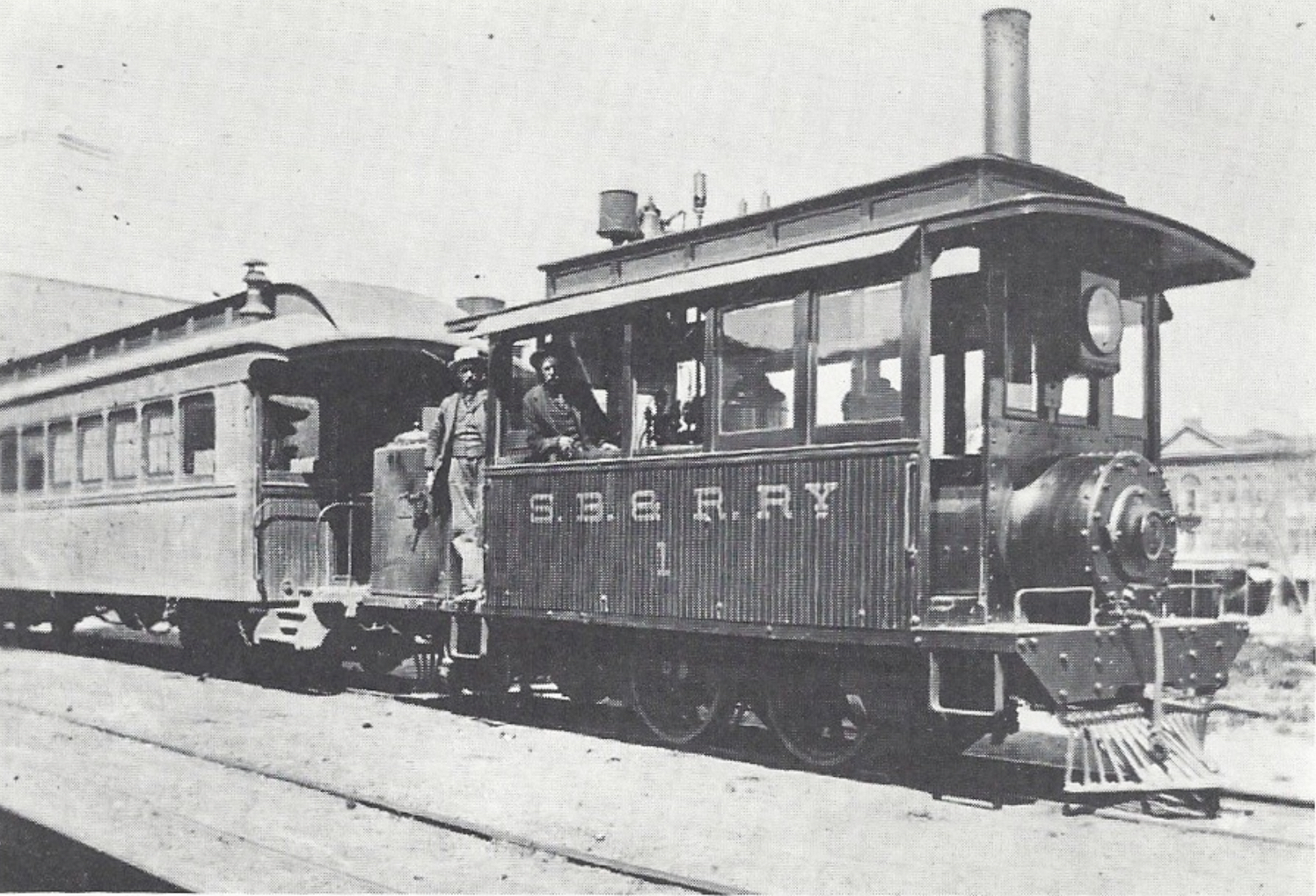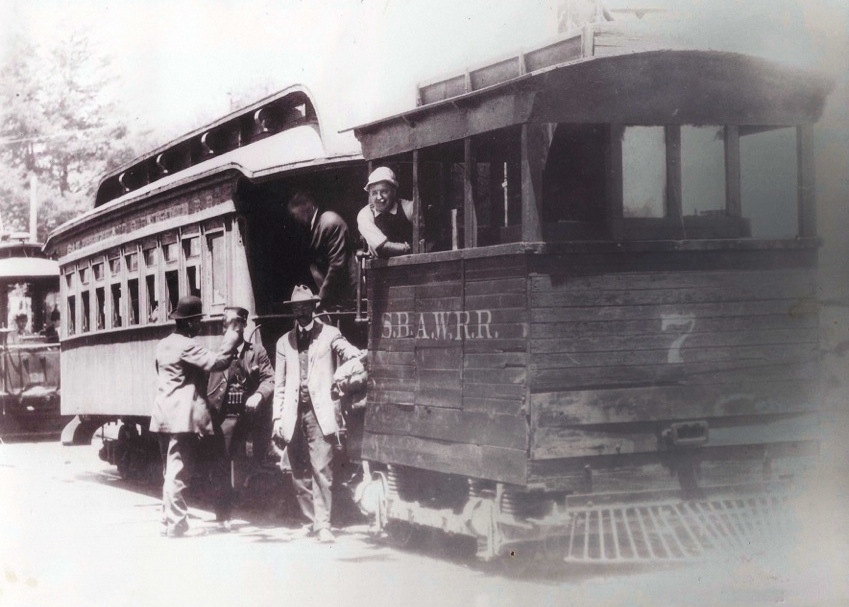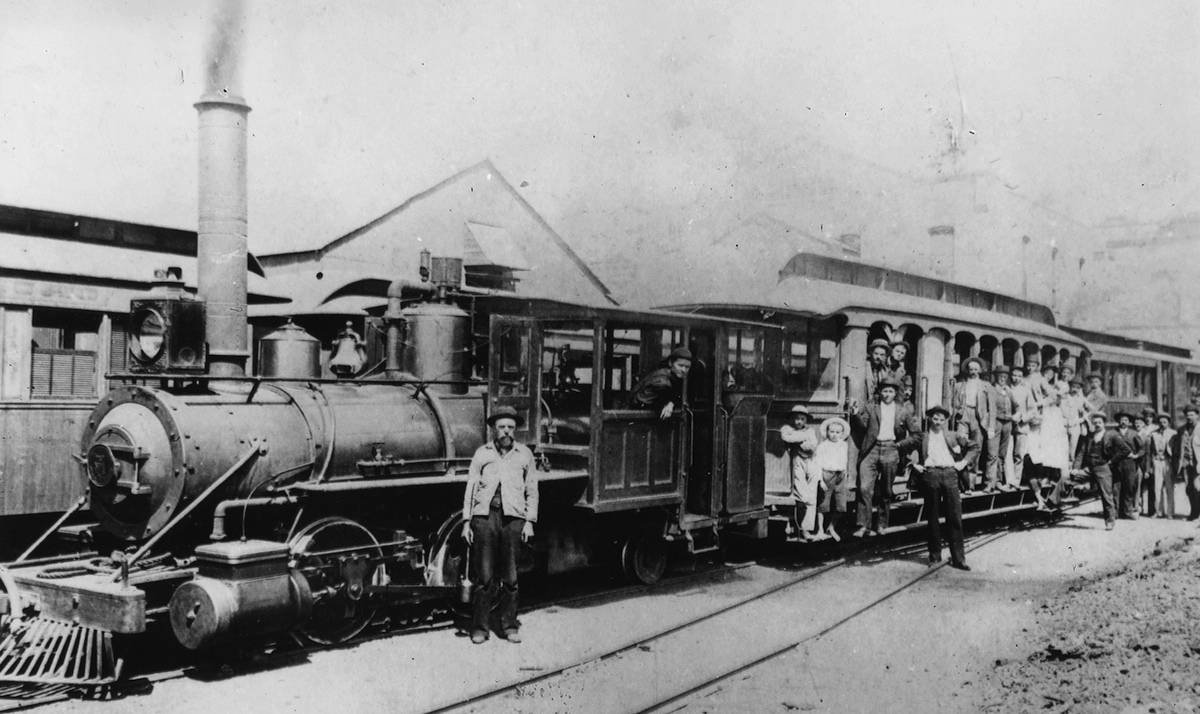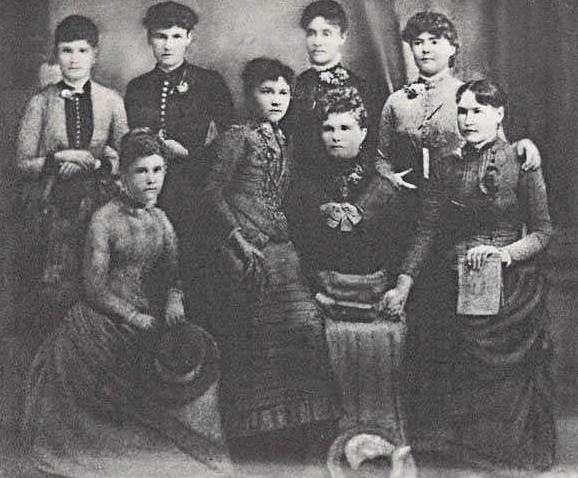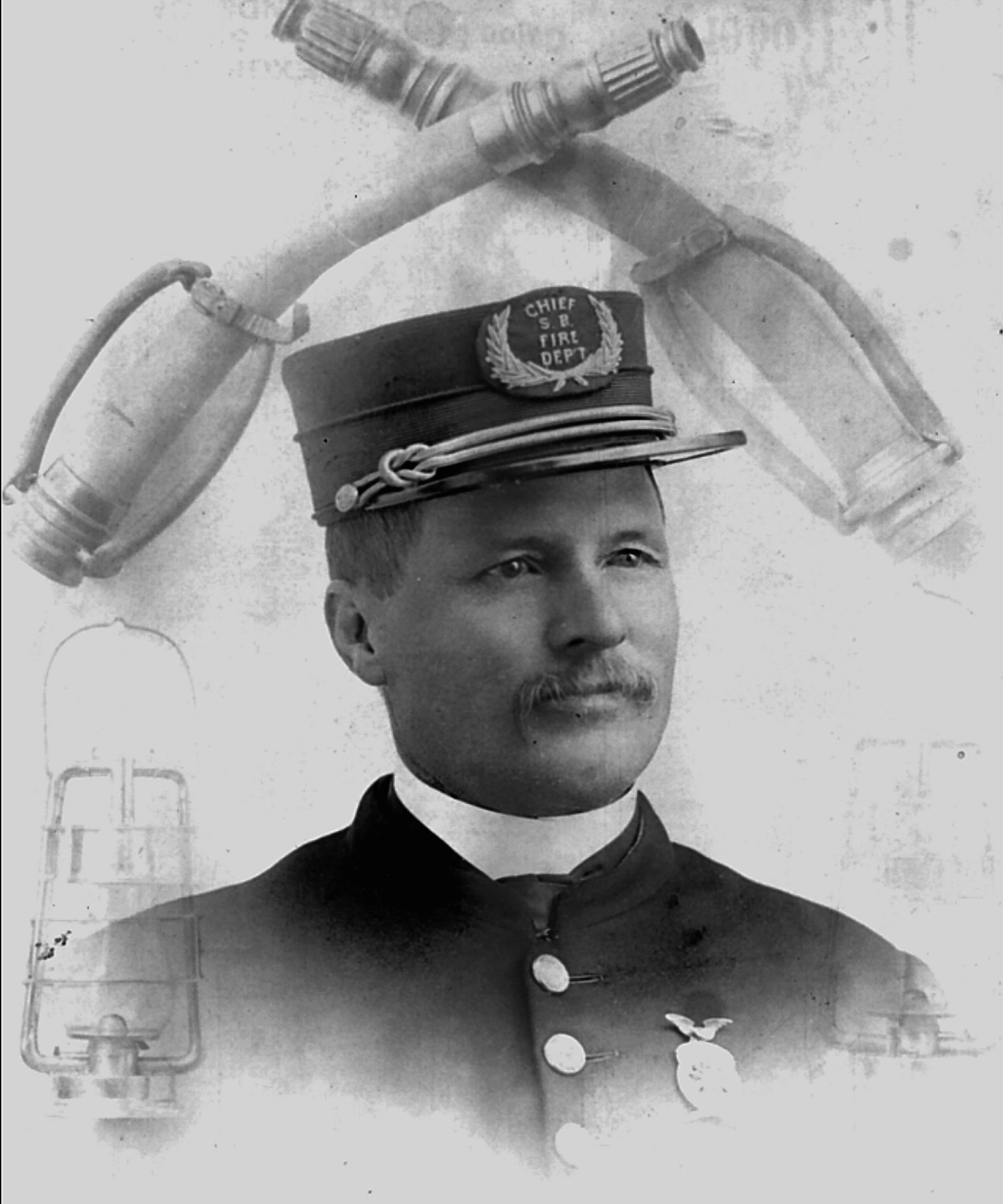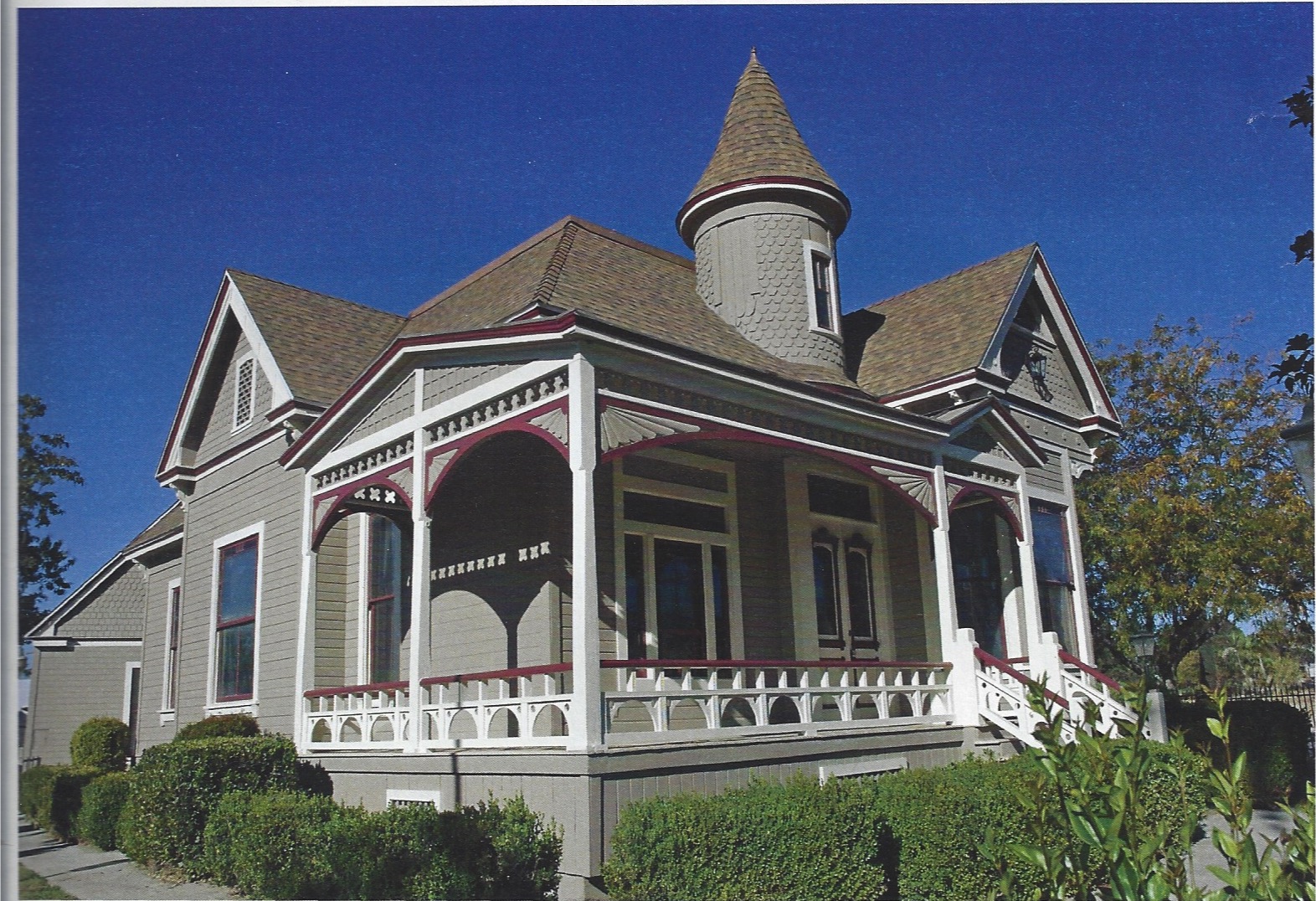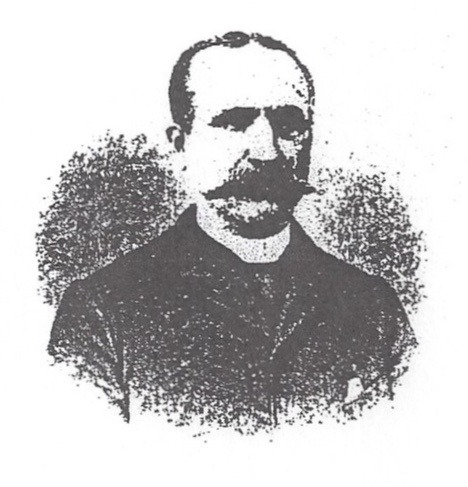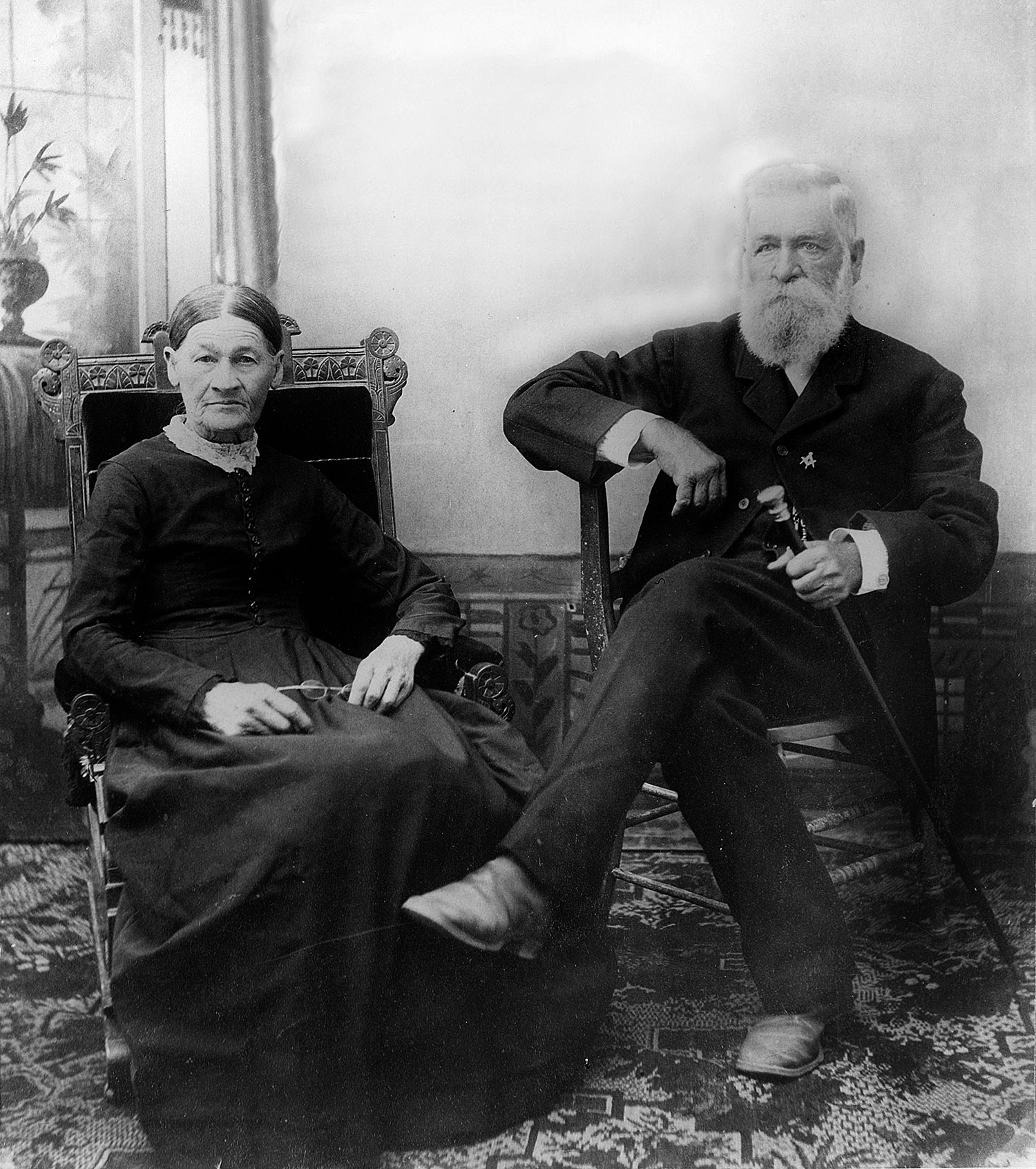
* In this 1890 photograph Virginia and Nicholas Earp are celebrating their 50th wedding anniversary.
* Virginia Cooksey was 19 when she married Nick on July 30, 1840, and had eight children: James, Virgil, Martha, Wyatt, Morgan, Warren, Virginia and Adelia.
* Nick was a jack of all trades: a farmer, river boat captain, cooper (maker of barrels and buckets), cavalry sergeant, prospector, politician and lawman.
* In 1864, Nick led a wagon train out of Iowa for San Bernardino. Included in the group were four families: Rousseeau, Curtis, Hamilton and Earp. Along the way seven other wagons joined the group.
* The Earp family traveling to California included: Nick, Virginia and their children: Wyatt, James, Morgan, Warren and Adelia. Virgil joined them a short time later.
* The seven month journey ended on December 17, 1864, when the families set up camp east of Sierra Way.
* A few days later the Earps rented a farm near the Santa Ana River, growing peaches, apples and grapes.
* After moving to Temescal, then back to San Bernardino, the Earps settled in Colton. Nick opened the Gem Saloon in 1880 and in 1884 he was elected justice of the peace and later was appointed city recorder.
* Virginia passed away on January 14, 1893, at the age of 72 and is buried in San Bernardino's Pioneer Memorial Cemetery.
* Nick died on February 12, 1907, at the age of 93 and is buried at the Los Angeles National Cemetery.
* For more about the Earps, see Nicholas R. Cataldo's book, The Earp Clan: The Southern California Years.
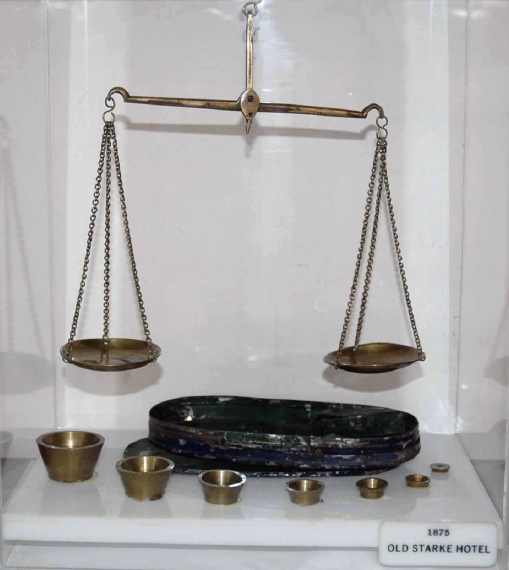
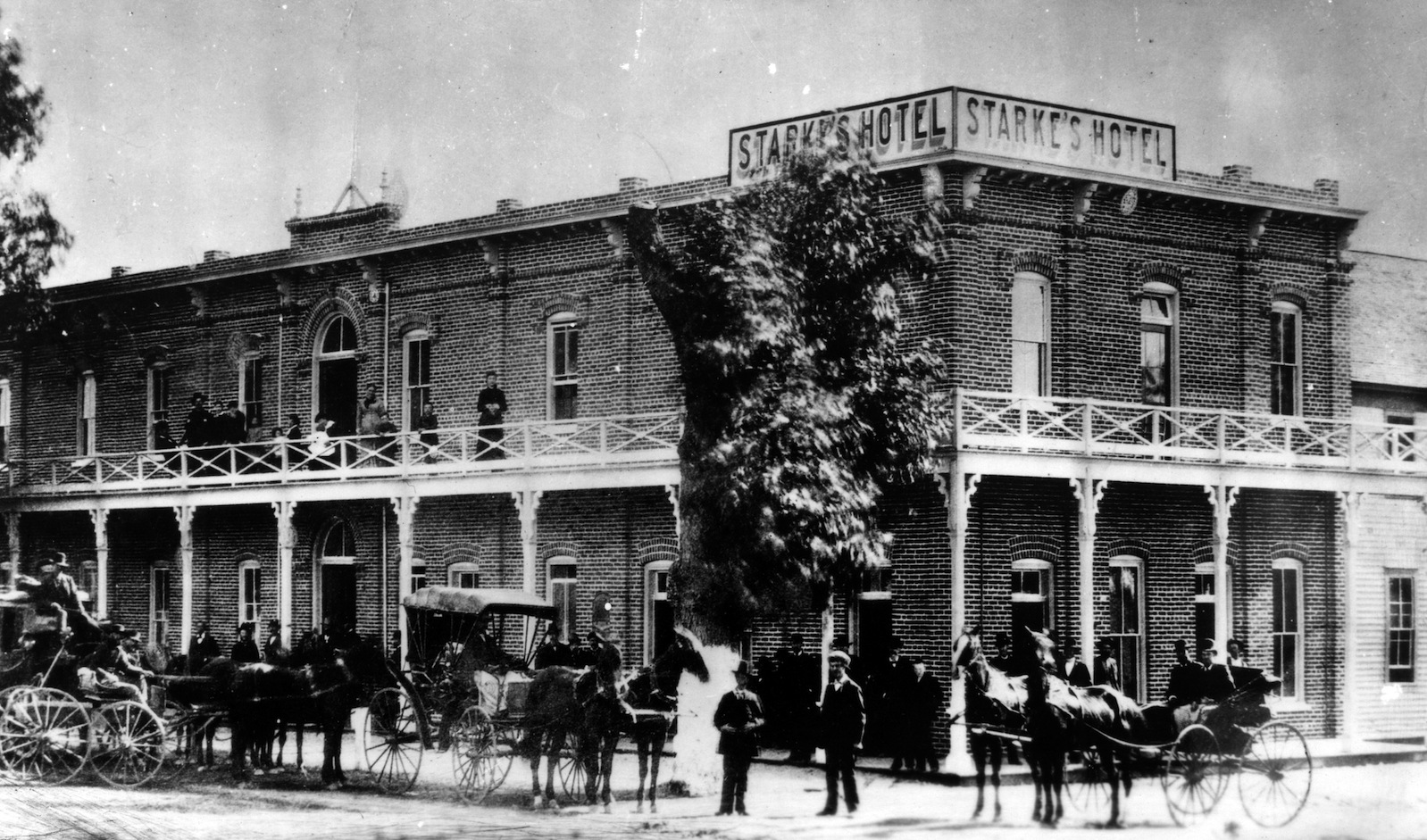

 Share Article
Share Article 